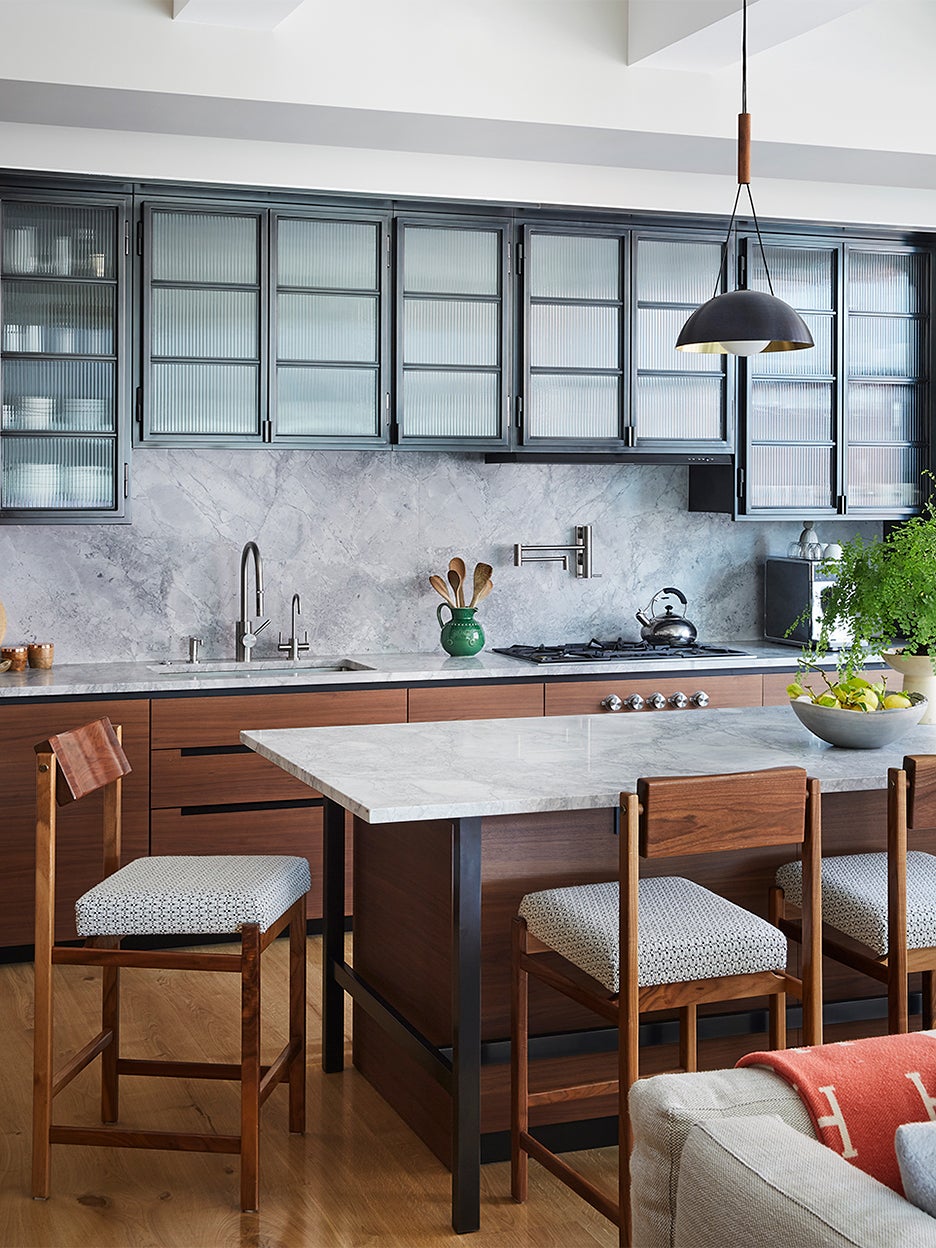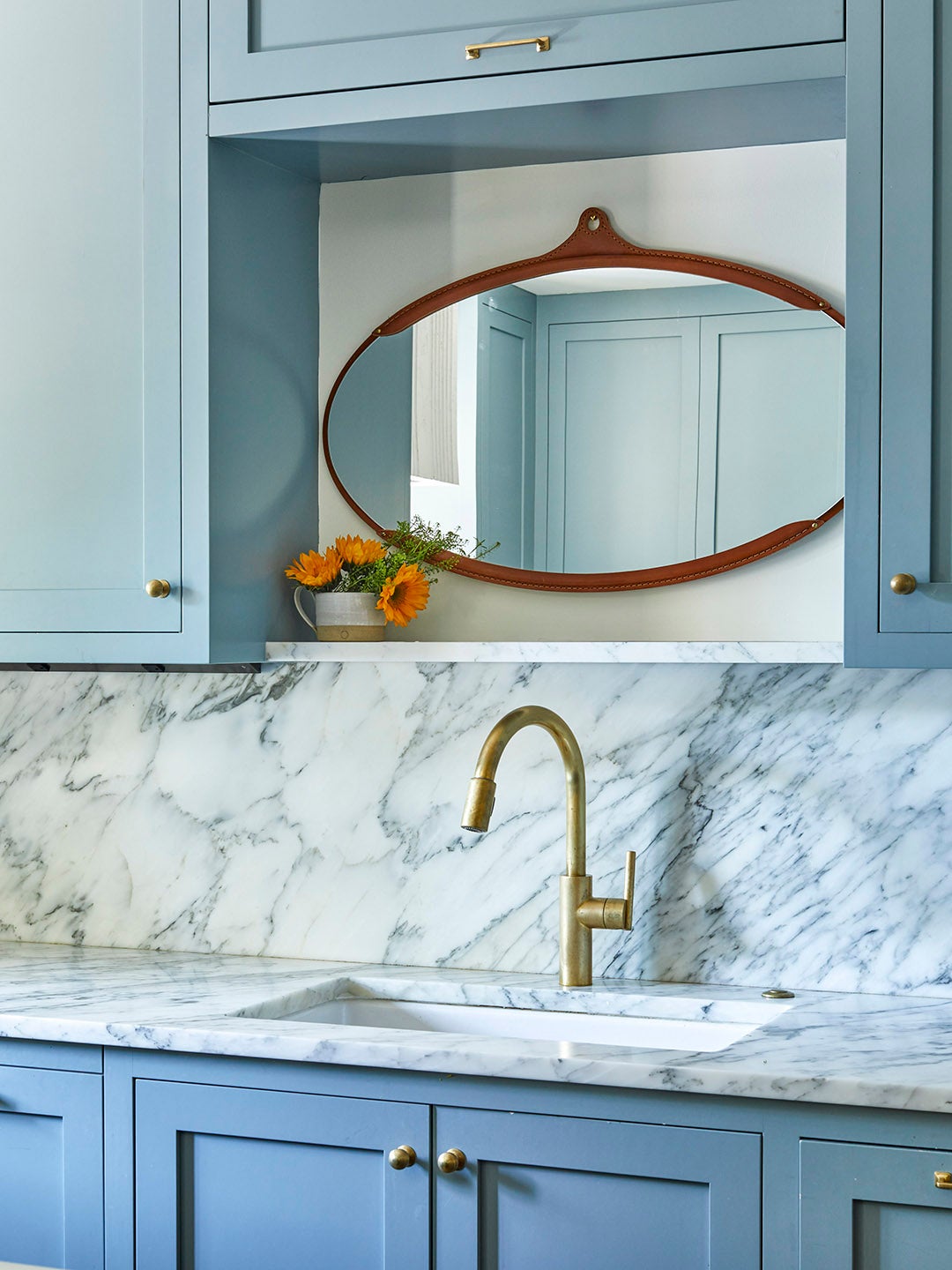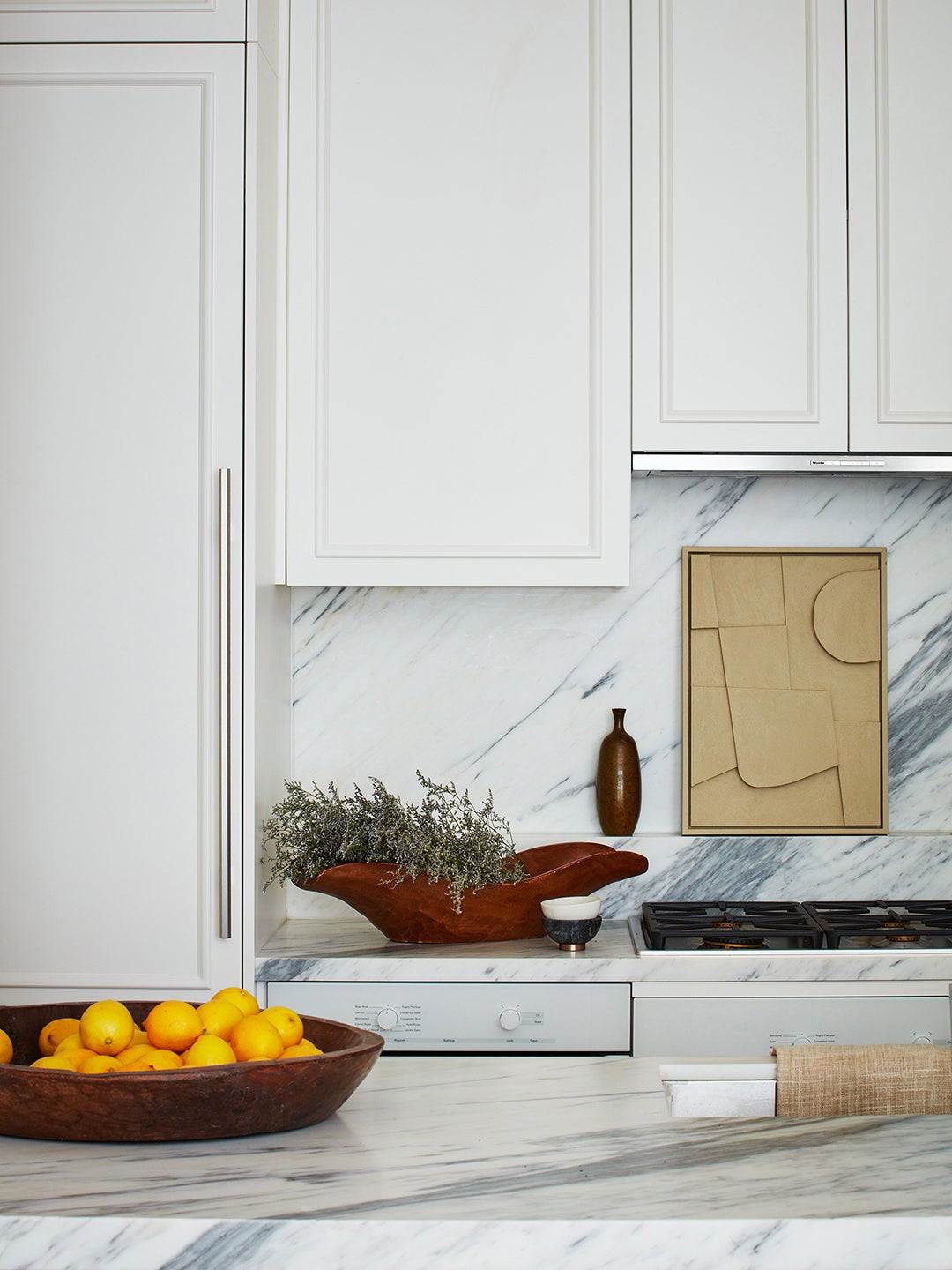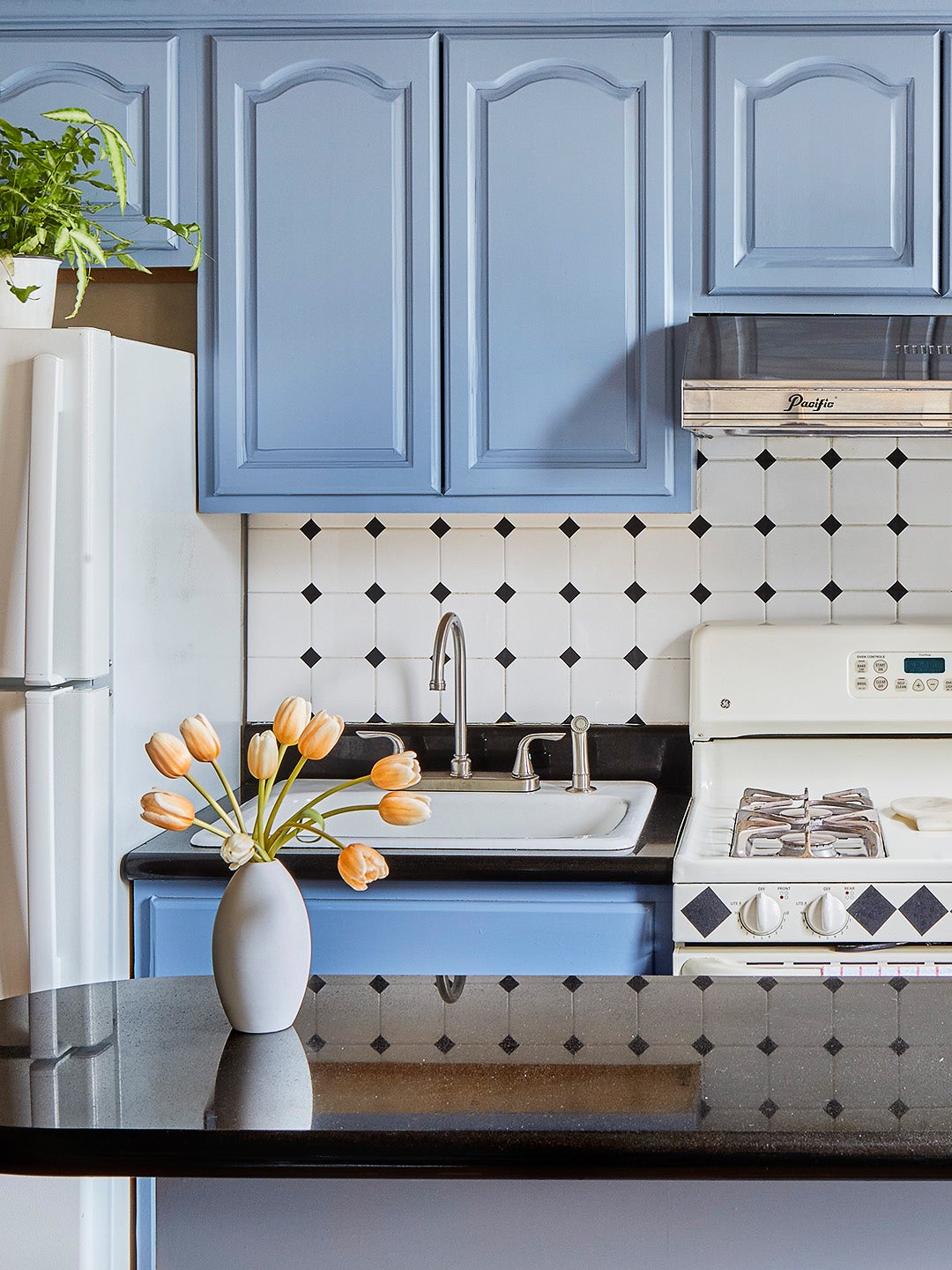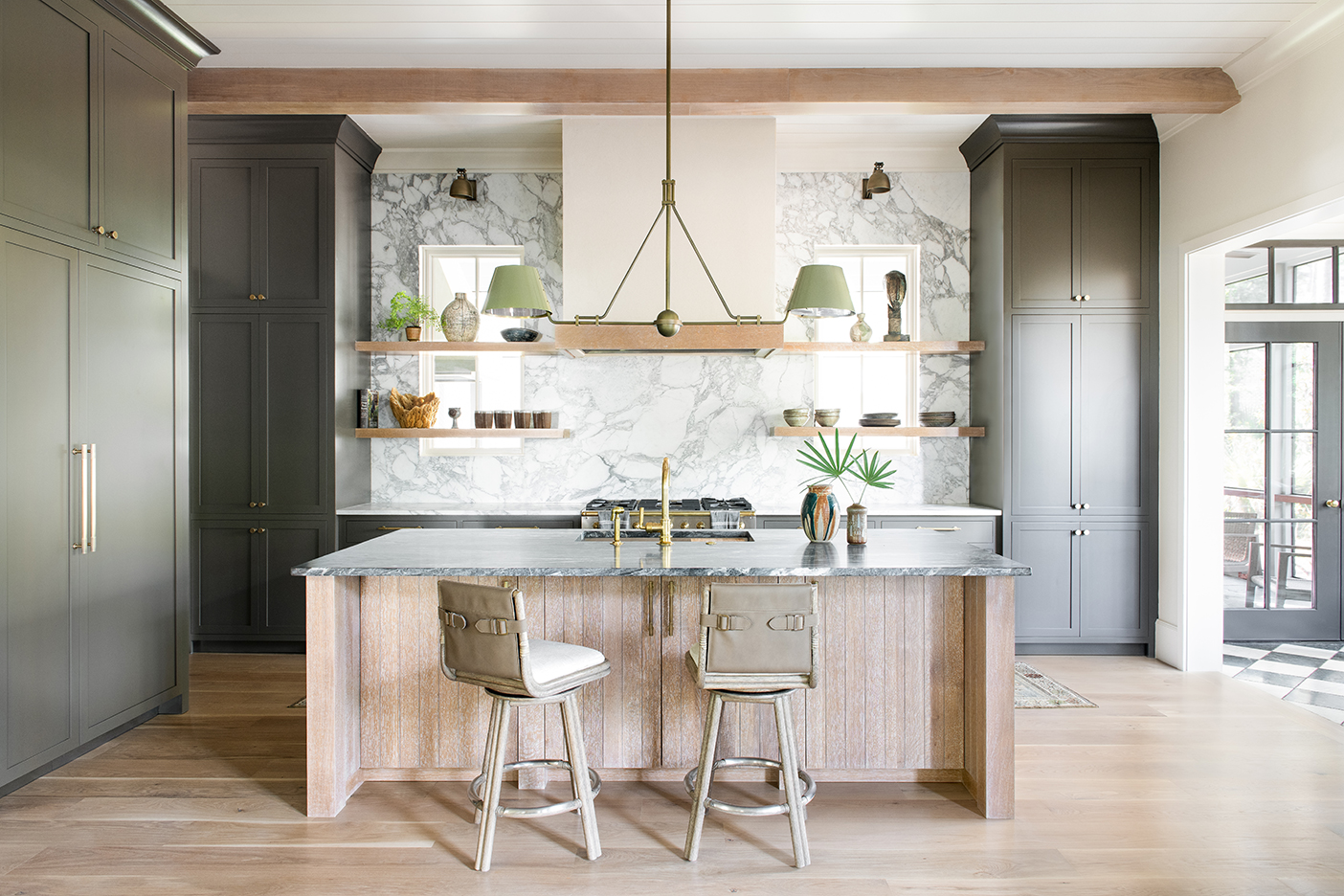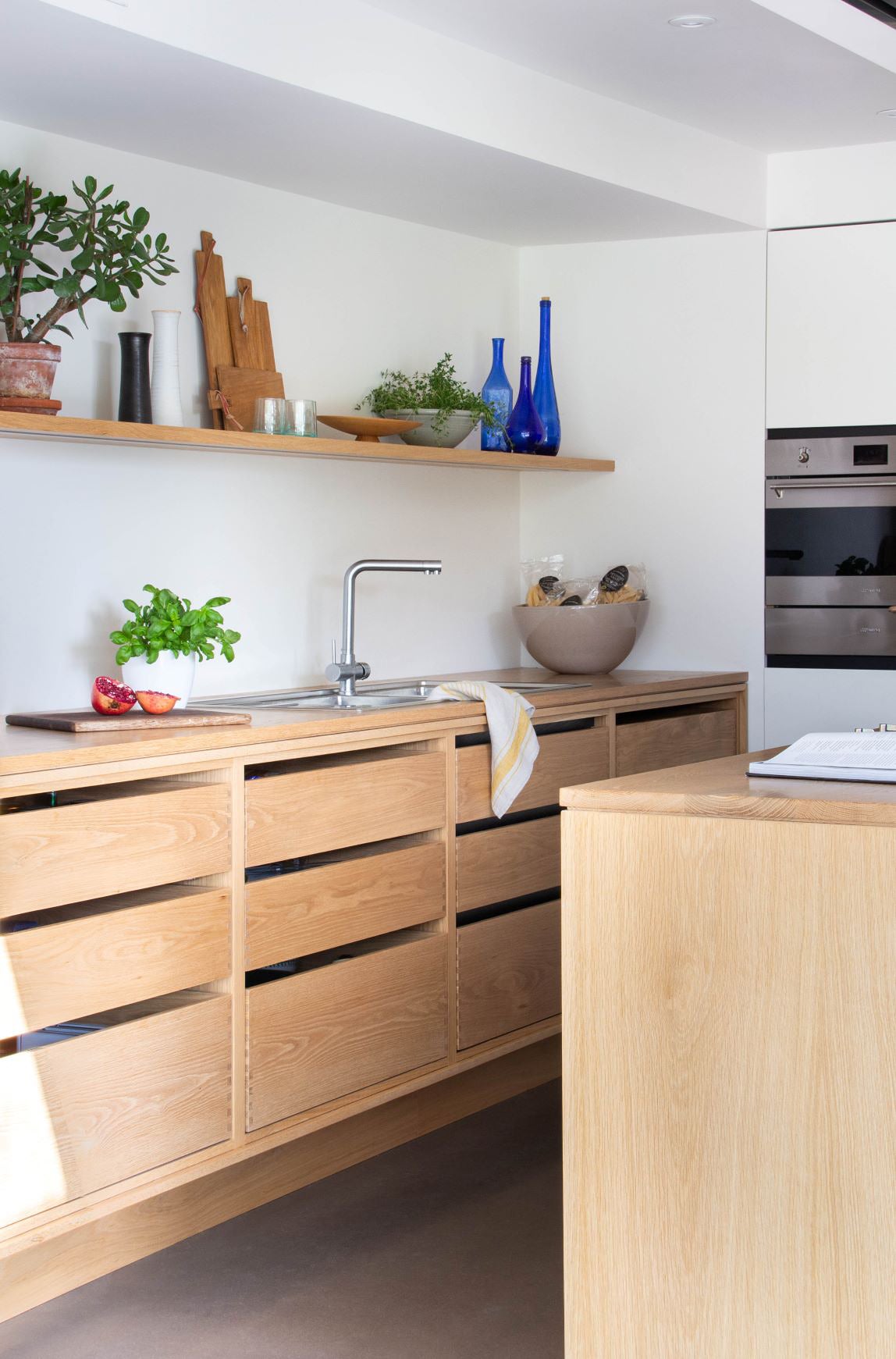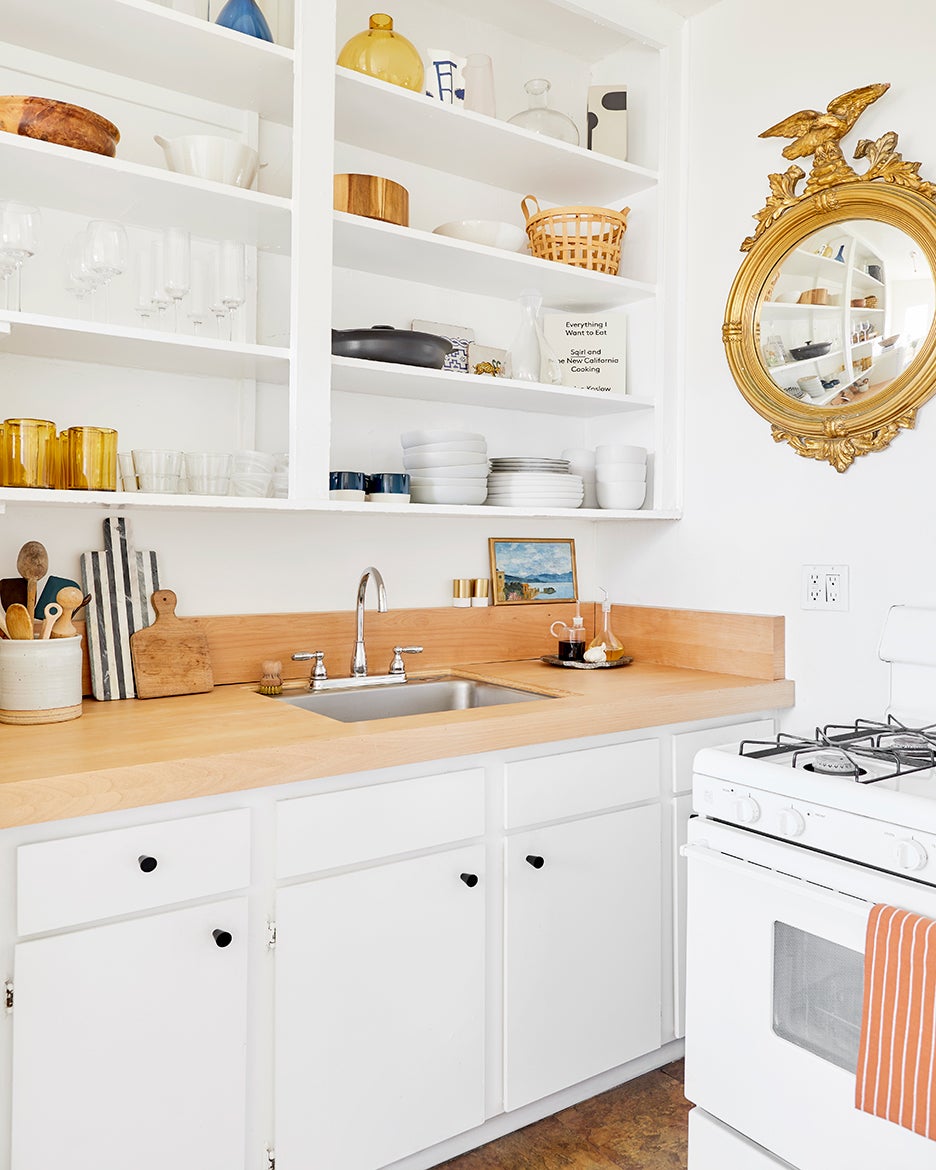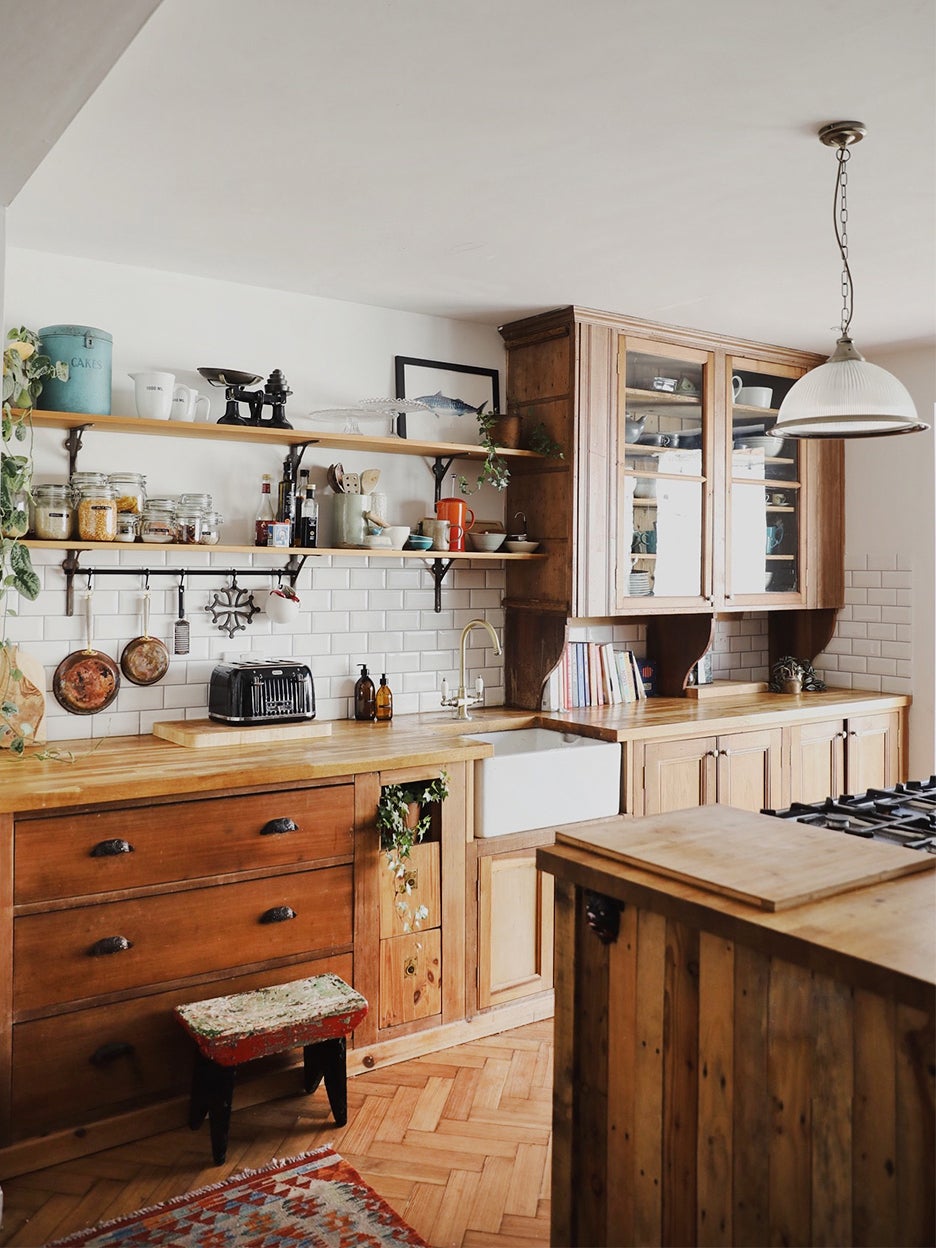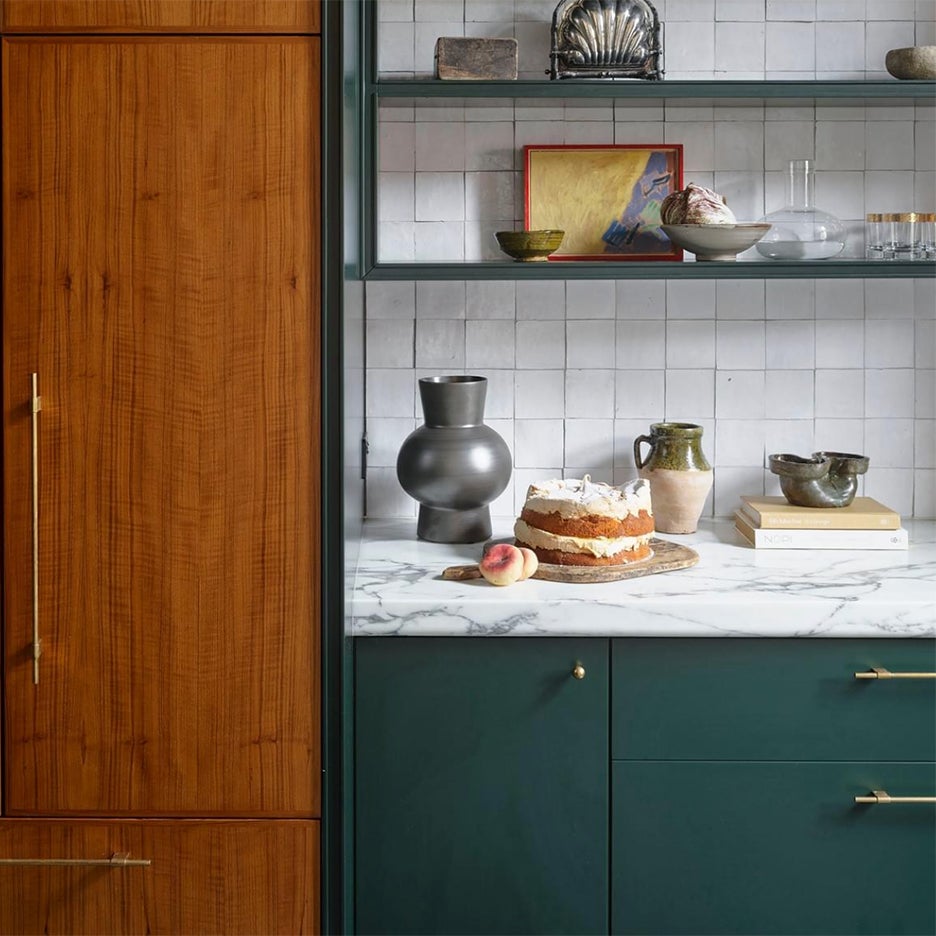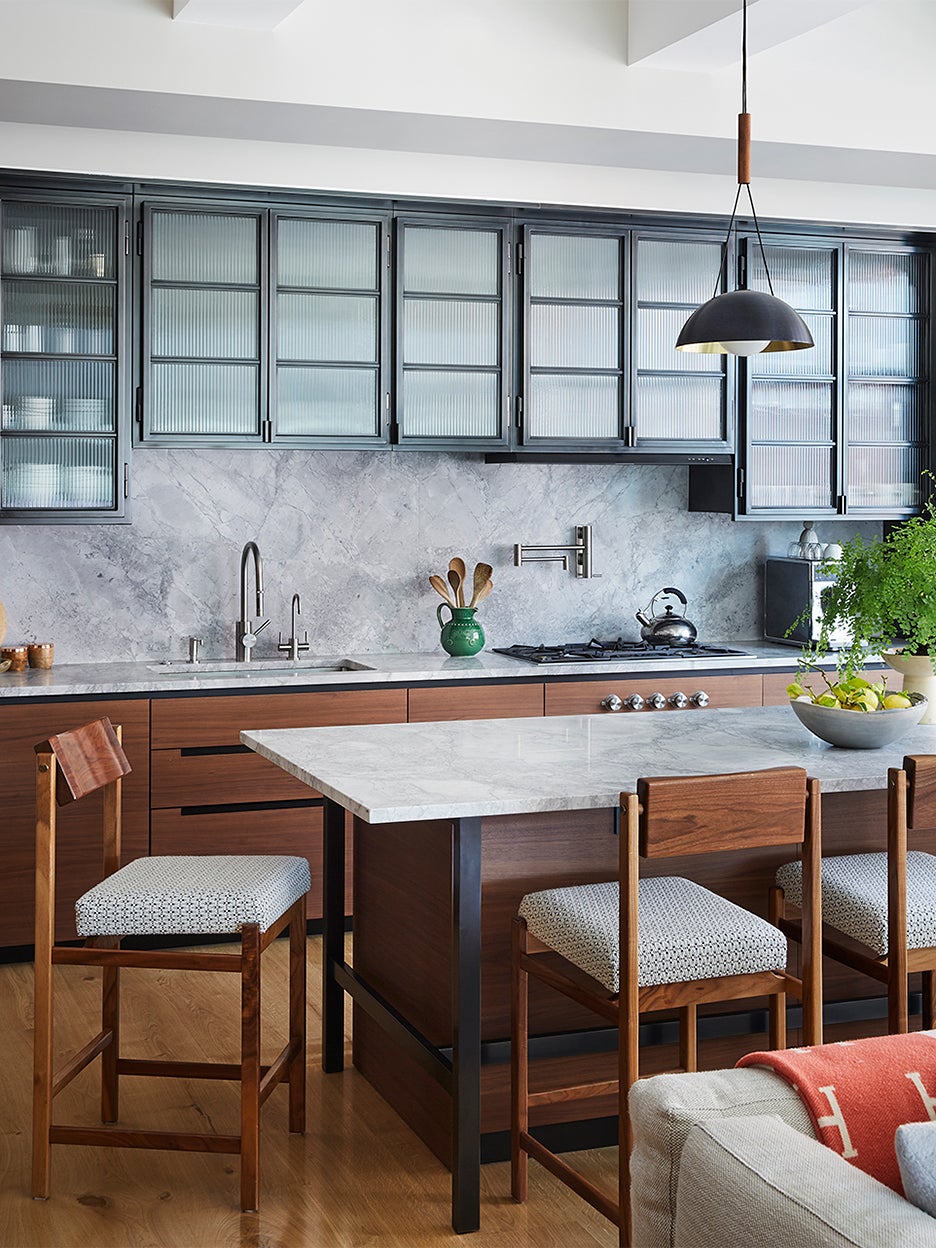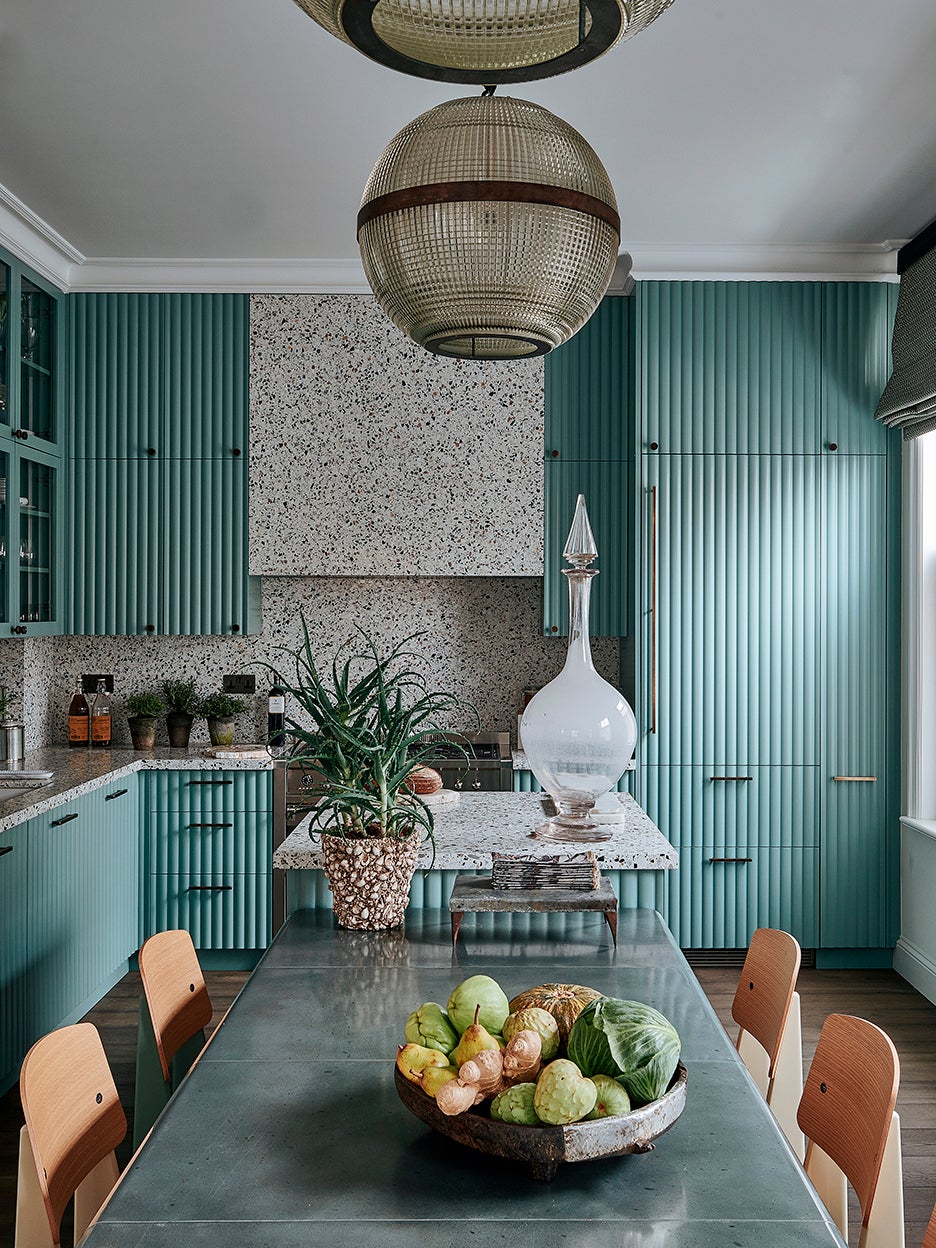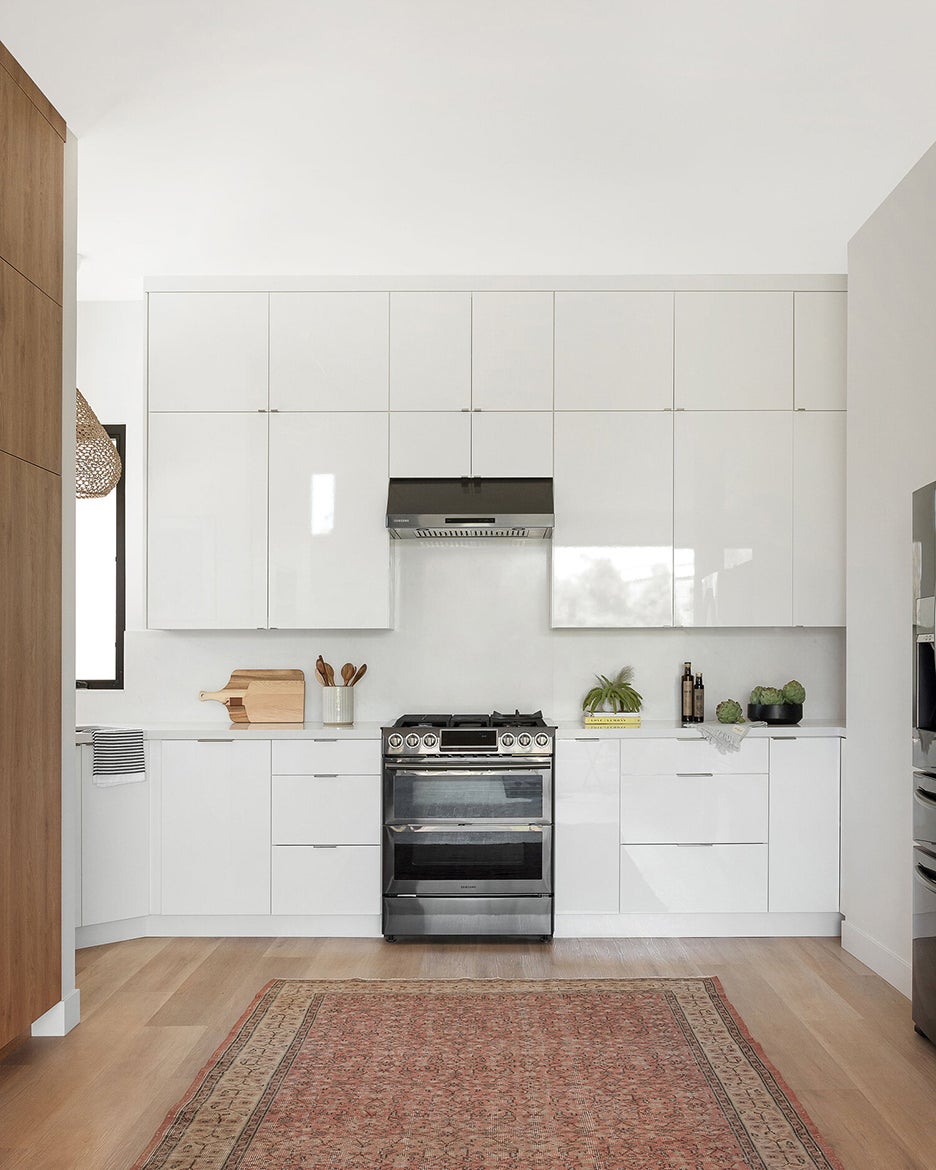14 Types of Kitchen Cabinets That Should Be on Every Renovator’s Radar
We may earn revenue from the products available on this page and participate in affiliate programs.
You can’t judge a book by its cover, but kitchen cabinets are a different story. Intricate grooves, raised panels, and integrated handles are just some of the qualities that define a cupboard’s style. If you’re in the market for a new space, study up on some of the most common options out there before you call in a millwork pro to bring it to life. Ahead, we rounded up our 14 favorite types of kitchen cabinets.
Inset Cabinets
For an automatically high-end looking cabinet design, inset kitchen cabinets, a style that fits seamlessly with the door frame, is the way to go. The doors are set back from the front edge of the frame and the construction is fitted into the door itself, providing an edge detail that looks thoughtfully crafted. The cons of this designer-favorite option? It’s more costly and you get less storage space than frameless cupboards.
Full Overlay Cabinets
The “overlay” of your cabinets refers to the correlation of your doors to the face frames, so a full overlay means that there is almost no cabinet face frame showing around each door and drawer front, resulting in a seamless appearance.
Partial Overlay Cabinets
For a more traditional look, opt for a partial overlay, which typically leaves two inches of the cabinet face frame exposed between the doors (psst: this style is also sometimes called standard, traditional, or half overlay).
Shaker Cabinets
Lack of ornamentation is what sets this time-tested style apart (it’s been around for centuries). Shaker doors are defined by their five segments: vertical pieces on the sides called stiles, horizontal pieces on the top and bottom called rails, and the recessed panel in the center. Spice up the basic form with a bold paint color.
Tall Cabinets
Get rid of countertop clutter by putting your toaster, stand mixer, and blender in these hardworking cabinets. Maximize the layout by taking them from the floor to the ceiling, or stack smaller boxes above and below.
Base Cabinets
These cupboards are the foundation of your kitchen: Nothing works without them. Take their function to the next level by optimizing them with clever trash pull-out drawers or customizing the heights and depths of the boxes to your exact cookware.
Arched Cabinets
We’ve seen designers embrace this trendy shape in the form of everything from thresholds to mirrors, but cabinetry is a new one. These carved panels lend a modern energy to this rustic kitchen, designed by Jess and Jonathan Taylor.
No-Hardware Cabinets
This idea can actually save you money on custom cabinets. Forget about farmhouse bin pulls and hand-cast gold knobs, because this seamless look is gaining traction, whether it’s in the form of little finger notches or seamless drawers.
Open Upper Cabinets
For instant open shelving, take the upper doors off their hinges (renters, you’ll have to get the green light from your landlord first). Place large statement items (occasional centerpieces, fancy decanters) at the top to fill out the verticality of the space.
Distressed Cabinets
Your home doesn’t have to be in France for it to feel like a château. Caroline Briggs found and purchased Victorian-era cabinets (a glass cabinet, some drawers, and five cupboards) at an antiques shop for under $2,000.
Flat-Panel Cabinets
This increasingly popular door type looks great in natural wood or dark paint colors. Mix the two for a spin on mid-century modern design, and be minimal with your hardware choices so the aesthetic doesn’t go unnoticed.
Fluted Glass Cabinets
The great thing about glass doors is that they can make a small kitchen appear bigger than it is, but if you don’t want all your dishes on display, opt for this opaque treatment.
IKEA Cabinets
If you believe your cabinets just have to work, copy Camilla Blackett and go with IKEA ones. The budget-friendly option is hackable, so be a little daring with your paint choices and introduce luxe-looking hardware and plumbing fixtures.
Textured Cabinets
Medium-density fibreboard (MDF) doesn’t have the same ring to it as, say, mahogany or Brazilian cherry, but the engineered product lends itself to finesse. The boards can be easily manipulated with machinery to create a rippled effect.
DIY Cabinets
For a quick, modern update, Esin Prodromou turned her 32 cabinets jet-black with only two tubs of paint and primer. The trick: Remove the doors and clean them thoroughly with TSP to get rid of any grease stains or marks. Use a brush for the first coat, then a roller to smooth out the stroke lines.
Wood Cabinets
Letting the natural tone shine will lend a ton of warmth to your space—not to mention they’ll practically last forever. Solid wood doors—think: resilient oak, easy-to-print maple, heavy hickory, fine-grain birch—are known for their durability, unlike plastic veneer, particleboard, and laminate, which all have shorter life spans.
Glossy Cabinets
These surfaces reflect light, brightening up even the tiniest of galleys, and the often acrylic material means messes are easy to clean. Go ahead, let your space shine.
The post 14 Types of Kitchen Cabinets That Should Be on Every Renovator’s Radar appeared first on domino.

